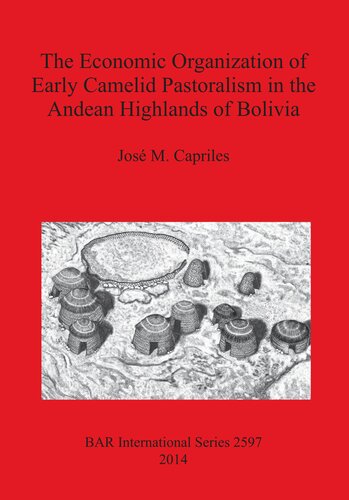

Most ebook files are in PDF format, so you can easily read them using various software such as Foxit Reader or directly on the Google Chrome browser.
Some ebook files are released by publishers in other formats such as .awz, .mobi, .epub, .fb2, etc. You may need to install specific software to read these formats on mobile/PC, such as Calibre.
Please read the tutorial at this link: https://ebookbell.com/faq
We offer FREE conversion to the popular formats you request; however, this may take some time. Therefore, right after payment, please email us, and we will try to provide the service as quickly as possible.
For some exceptional file formats or broken links (if any), please refrain from opening any disputes. Instead, email us first, and we will try to assist within a maximum of 6 hours.
EbookBell Team

4.7
96 reviewsThe domestication of South American camelids (llamas and alpacas) transformed the use of the Andean landscape. In the central altiplano of Bolivia, during the Formative Period (1500 BC – AD 500) a cultural complex known as Wankarani developed. This book discusses the development of early camelid pastoralism by testing a set of hypotheses related to Wankarani economic organization. In contrast with previous ideas that suggested the emergence of sedentary agricultural villages in this region, settlement patterns, site layouts and faunal remains analyses support the interpretation that the development and persistence of mobile pastoralist communities occurred in the Bolivian central altiplano.